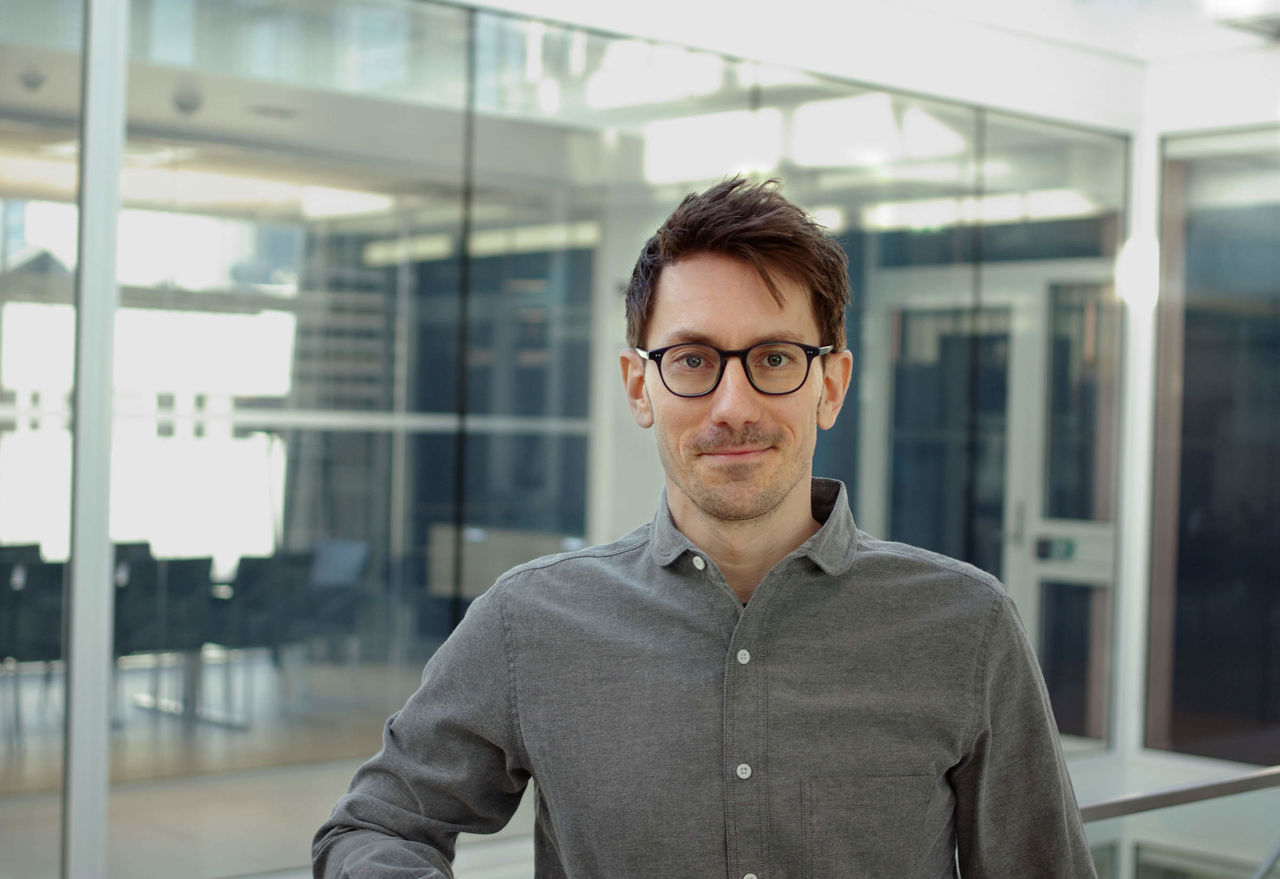Co-development breeds innovation: Tailor-made PPAs
Imagine running an industrial company with green energy exclusively – 24 hours a day. This idea is already a reality. Statkraft Originator Dr. Klaas Bauermann answers questions about one of Statkraft’s most innovative products yet: a supply concept, combining power purchase agreements and flexibility, that delivers 100 percent green energy, perfectly tailored to customers’ demands.
Dr. Klaas Bauermann is the Head of German Downstream Origination at Statkraft. The expert for sustainable energy purchase and sustainable energy solutions has been with Statkraft for more than seven years. With a PhD in Energy Economy and extensive hands-on experience, he is Statkraft’s expert for innovative paths to 100 per cent renewable energy for corporate companies and energy suppliers.
While green PPAs are a relatively young product on the renewable energy market in many European countries, you are already thinking one step further: Statkraft offers a green power purchase agreement which is tailored exactly to the customers’ needs. How does this work?
PPAs have successfully made green energy competitive without government subsidies. However, standard or classic PPA does not always fit a company’s needs perfectly. The company’s power consumption may not be accurately matched by power generation from renewable power plants, they might get more or less than they need. This might result in the need to compensate a lack of renewable power available to them with “brown” power from fossil fuels in the market. And here our 24/7 PPA or Pure Statkraft PPA comes into play: It is tailor-made.
Which benefits do companies gain from the Pure Statkraft PPA?
Firstly, the Pure Statkraft PPA supports them in delivering on their sustainability targets: Only if power consumption is measured and power is delivered in real-time, they can refrain from buying supplementary power in the market. Secondly, a real-time PPA offers strong sustainability support to the companies, empowering them to make a highly credible claim with regards to their green value.
How do you measure and match the demand?
Our portfolio of flexible and intermittent renewable power plants enables supply to fit power demand on a quarter-hourly basis. At Statkraft, we analyse the company’s load profile and leverage solar and wind power in combination with hydropower. Power is generated simultaneously at a 15-minute granularity. Our hydropower portfolio puts us in a unique position to deliver a win-win situation for all parties involved.

Watch our Webinar: The Benefits of a 365 PPA
Watch our expert-led webinar to explore the financial, operational, and sustainability benefits of year-round renewable power.
Have put this into practice already?
Yes, earlier in 2020, we were happy to welcome car manufacturer Daimler as our Pure Statkraft PPA customer. With this industry-scale PPA, Daimler will be supplied with green energy from wind, solar and hydropower. The solution supports both the build-out of new subsidy-free solar projects as well as the continued operation of wind onshore assets dropping out of the support by the Renewable Energy Sources Act (EEG). This way, Daimler contributes to the expansion of renewables in Germany making the German energy mix greener.
In a market where credibility is one of the most important assets: How do you convince customers?
We at Statkraft know that real-time is possible. Fortunately, this is also shown by our certification. The Pure Statkraft PPA is independently certified by the German testing institute TÜV for its additionality and real-time components. We guarantee a 100 percent renewable power supply at all times.
How will you further develop offer and products like the 24/7 PPA?
Statkraft’s goal is to co-develop new and innovative solutions with our partners, this is how the 24/7 PPA originated. At industry events and in webinars, my team and I are keen to gain more insights from a large range of business lines and to support them in finding new solutions. Some examples are: How to solve power supply and sustainability challenges for a fast-moving consumer goods company who needs to make credible claims in the product marketing to end-consumers? How to support large technology companies that need massive power supply and continuously extend their data centres? How to address challenges across European markets? We hope to meet representatives and experts from diverse businesses and discuss their paths to sustainability: to tap on the latest industry trends and co-innovate together, as we did with Daimler.
What, in your opinion, are the next steps for a greener industry and energy market?
We are already taking steps in the right direction with the Pure Statkraft PPA. In the future, we hope to be able to structure and tailor our PPAs even better to the customers’ needs. In the next few years, renewables will become even more competitive on the market and more attractive to customers. I am excited for the things to come.